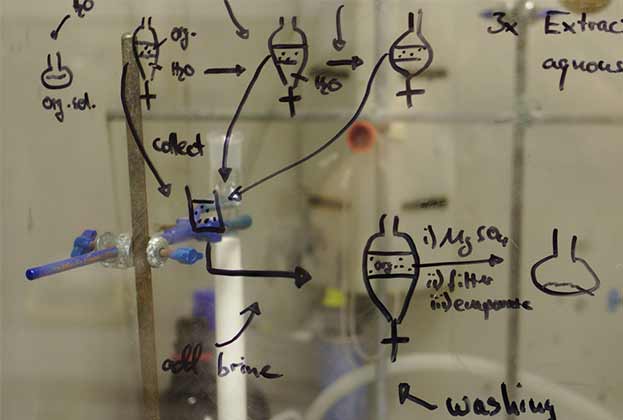What are the future prospects for the UK?
Global and UK trends
In the UK, the life science sector has created significant opportunities for real estate developers and investors across the UK and indeed the globe. However, the past few months have shown a much larger real estate interest in the life science sector than at any time during the past 20 years.
The post-Brexit business and economic environment remains an unknown, but one pledge that was very clear, following the EU referendum in 2016, was the importance of research and development (R&D). In particular, the UK would remain a 'go-to' place for scientists and global talent. In parallel to this pledge, and a more recent announcement, the UK will look to pursue ‘high-risk, high-reward’ investment via a new state-backed agency. Whatever, the role of government in this sector, the UK is a key global location, but remains cognisant of the dominance of the US as a key location for identifying investment and future companies. This relationship needs to be reinforced and grown.

The UK is a major player in the global life sciences market. Predominantly driven by London, Cambridge and Oxford, the UK 'scorecard' for life sciences shows that the sector contributes £74bn to the UK economy, with UK companies spending billions R&D and placing them in the top ranks in the world. Whilst Cambridge and Oxford are leading the way for life science and discovery, it is clear that the amount of available laboratory and R&D space in our cities is small compared to other global locations. Currently, London has c.90k sq ft and Manchester has 360k sq ft of available space compared to Boston (US) and New York which has 14.6m and 1.36m sq ft available, respectively. The delivery of more R&D workspace is vital for the UK's growth in this important sector going forward.
The continued growth of clusters in the UK is key (see map opposite). Like-minded and complementary companies, within the life science sector, want to be co-located, to a certain extent, to take advantage of shared knowledge and business synergies and to be near to knowledge gateways, often academic institutes. Some landlords and developers have recognised that owning various commercial buildings in close proximity creates opportunities for a new science/ tech cluster. However, to do so, successfully, requires an exciting vision, curation of the right tenants and a longer-term strategic commitment to deliver the right space.
Finally, to understand trends in this sector, an analysis of the level of capital raising (including Mergers & Acquisitions (M&A) and venture capital (VC) transactions) by UK headquartered life science companies was £27.6bn in 2019, which was 135% higher than 2018. At 58%, a high proportion of the total level for 2019 was accounted for by M&A; it was significantly higher in 2019, at £16bn, compared to the £2.5bn total in 2018. The VC trends indicate growth at the discovery end of the life science ecosystem. VC grew by 44% in 2019 and has grown at a similar level consistently for the past three years.
The charts above show the relative strength of the UK for corporate investment and capital raising. At a city level, of the top locations for VC funding, the UK has four markets. China has clearly dominated as it increases its appetite for discovery significantly.
The map above illustrates the geographic locations of the occupiers who have raised venture capital since 2018. Distinct clusters are evident. The first round of VC investment (Series A Funding) will predominantly be a smaller sum, which will then increase once there are further rounds of fundraising as the company grows and achieves success. However, the data shows that 85% of the occupiers raised between £1 million and £9 million of venture capital, a relatively narrow band. So for the UK, the capital raised illustrates a strong start-up environment. This earlier stage investment is focussed in distinct and established clusters in the UK; later-stage, and therefore maturing companies, are more dispersed across the regions.
The clusters of Oxford and Cambridge have attracted 62% of venture capital total investment since the beginning of 2018 and provides a strong future occupier pool for landlords to target for existing schemes and future developments. The remaining investment is relatively dispersed across the South East and East of England as shown in the above map. This provides future opportunities for new clusters to emerge. Infrastructure improvements such as the opening of the Elizabeth Line (Crossrail) and a new East-West rail link and/or road between Oxford and Cambridge will increase the connectivity of the region and allow new clusters to develop.
Read the articles within Spotlight: Life Sciences – Trends & Outlook below.
.jpg)





